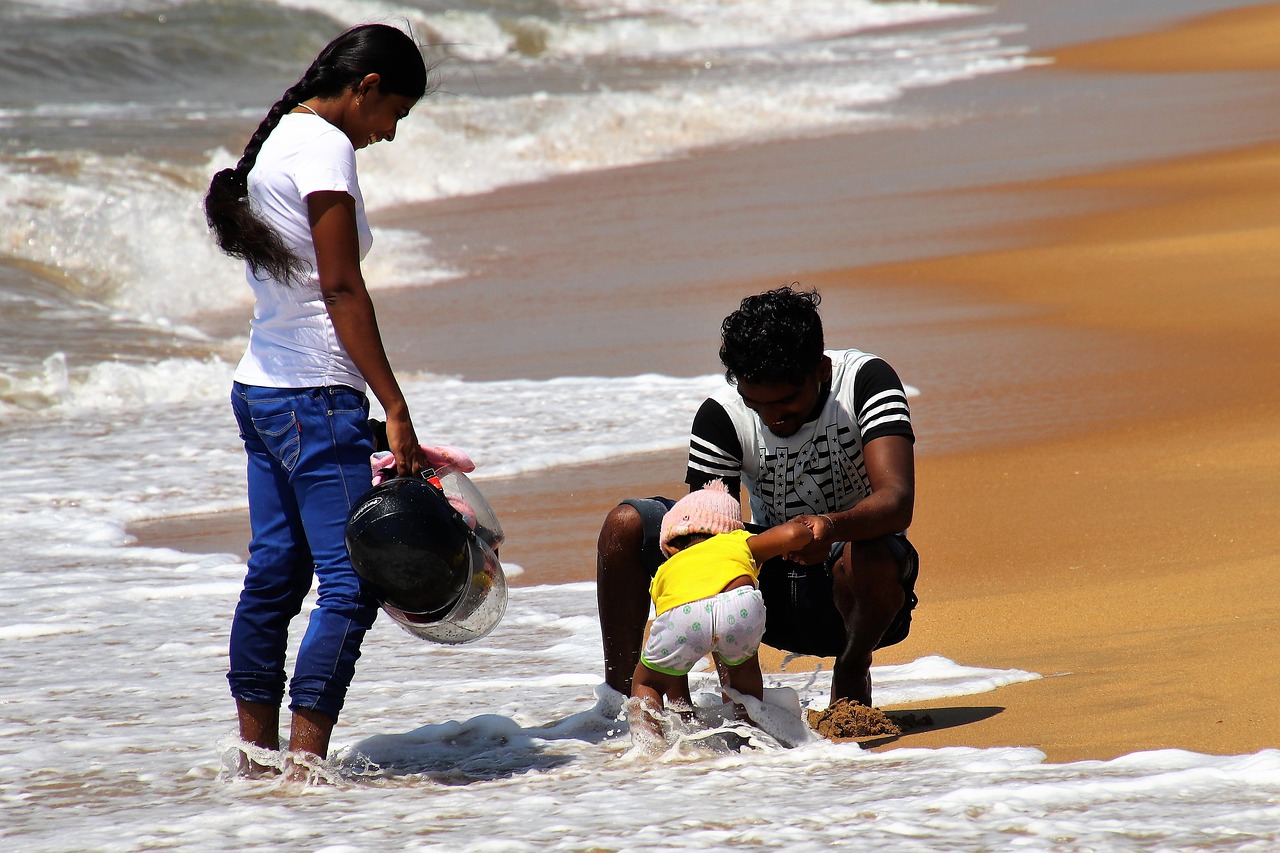
FUN IN THE SUN
The magical days of spring and summer are here. The season brings a variety of special occasions like Mother’s Day, Memorial Day, swimming pool parties, sports, vacations, family gatherings, get-togethers, graduations, weddings and more. With all this, comes the necessity of protecting yourself and your family from harmful or cancer-causing sun rays.

It is important to select a broad-spectrum sunscreen with an SPF of 30 or more. SPF is used to quantify the degree of protection against UVB rays. Although higher SPF values provide more protection, the difference between SPF 30 and SPF 50 is relatively small. (SPF 50 provides 1% more protection and SPF 30). Therefore, SPF 30 is generally sufficient for everyday use. https://amzn.to/4a5GSYz
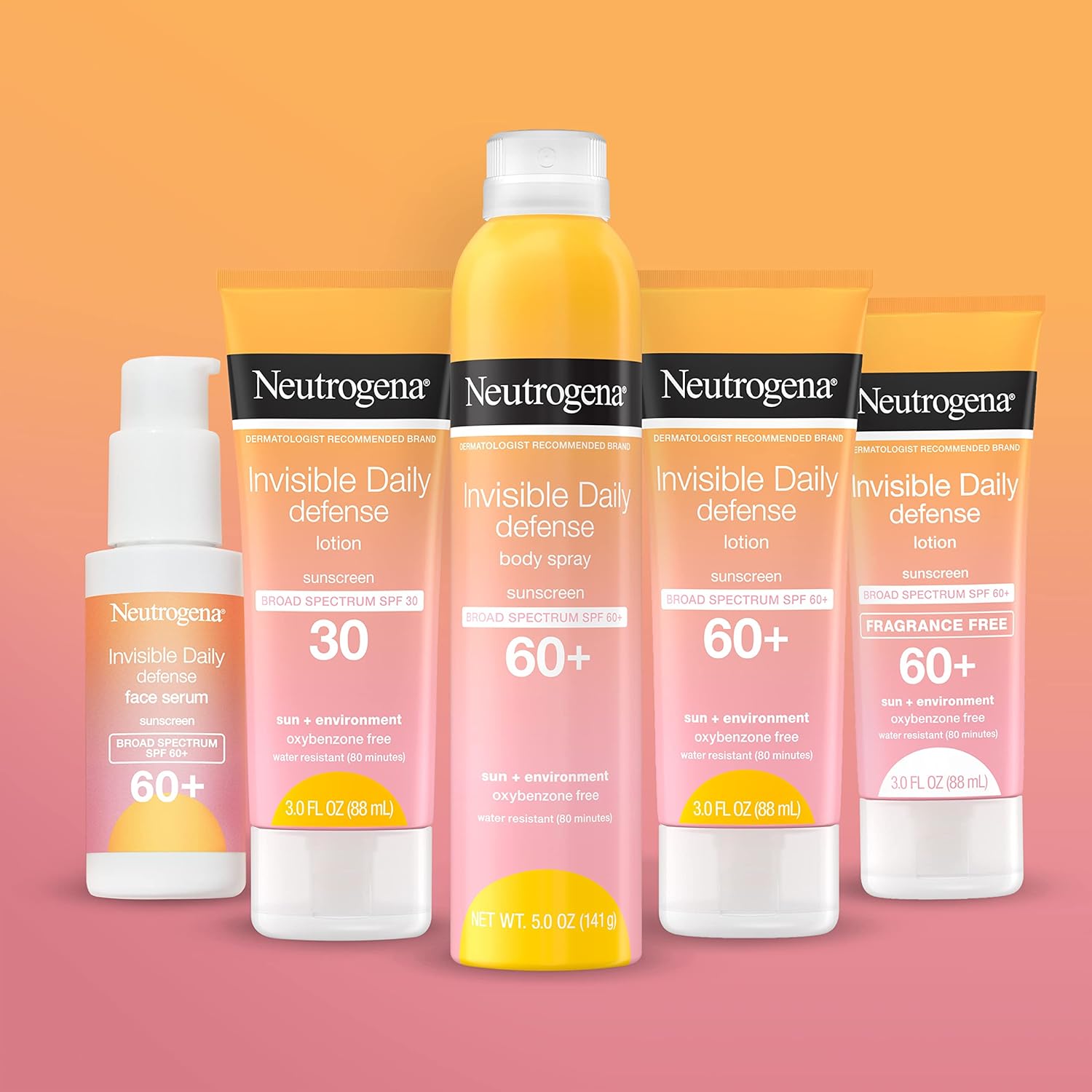
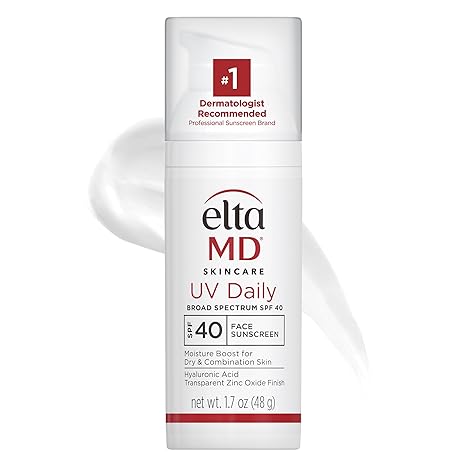
Broad-Spectrum means that it protects against UVA and UVB rays. UVA rays can lead to skin damage and premature aging. UVB rays can cause sunburns.
If you will be sweating or swimming, select a water-resistant sunscreen. Formulas that are water-resistant can provide protection for typically 40 or 80 minutes (refer to the product label). You will also find instructions about how and when to reapply after sweating or swimming. https://amzn.to/3UHJerT
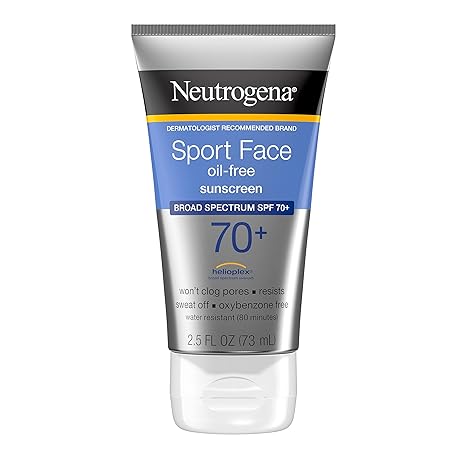
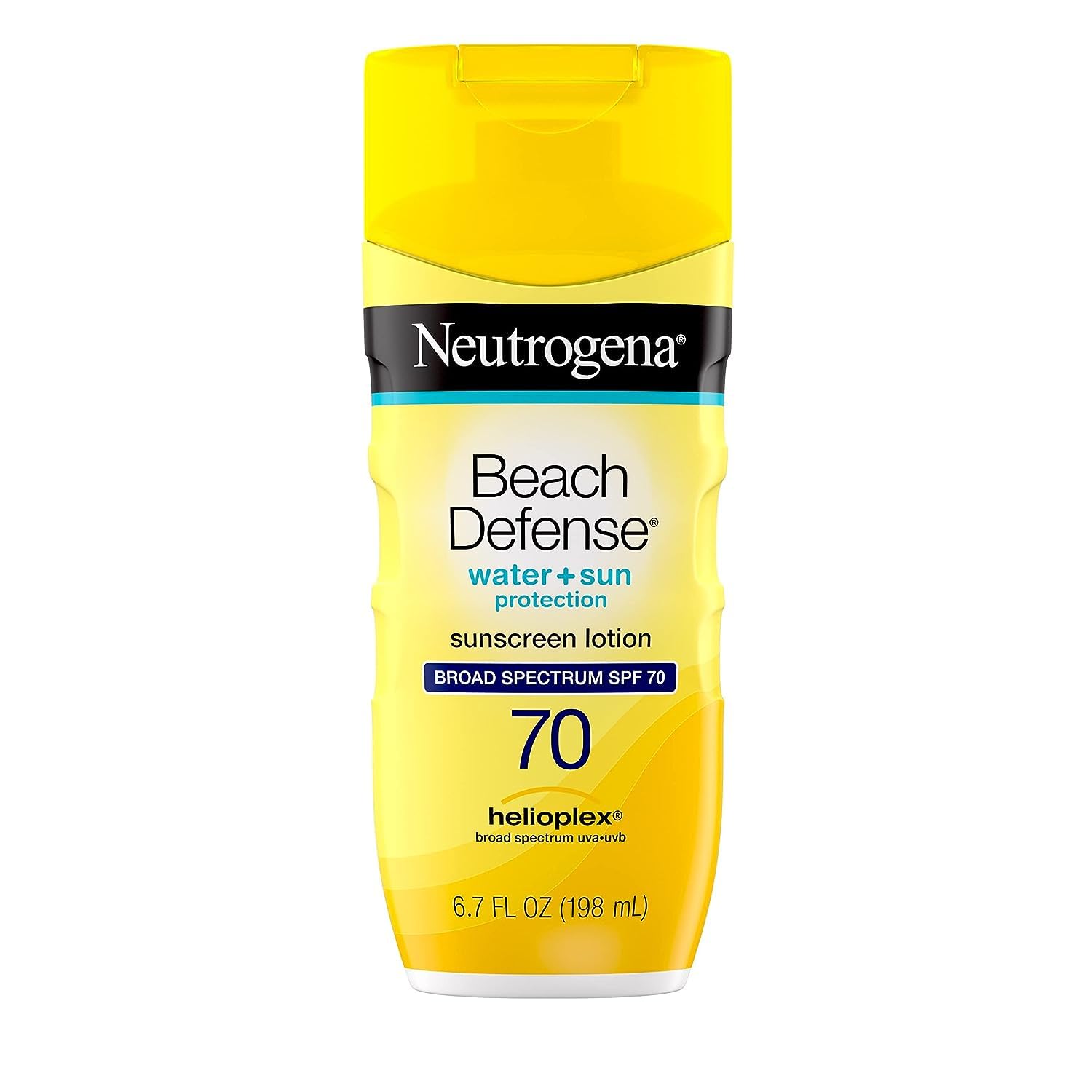
Ingredients in mineral-based sunscreen include physical blockers like zinc oxide and titanium dioxide. These provide broad-spectrum protection and are not as likely to irritate the skin. Chemical sunscreens contain active ingredients such as avobenzone, octinoxate and oxybenzone, which absorb radiation. Some individuals prefer the mineral-based sunscreen for their skin-smoothening qualities. https://amzn.to/3wmaZgv
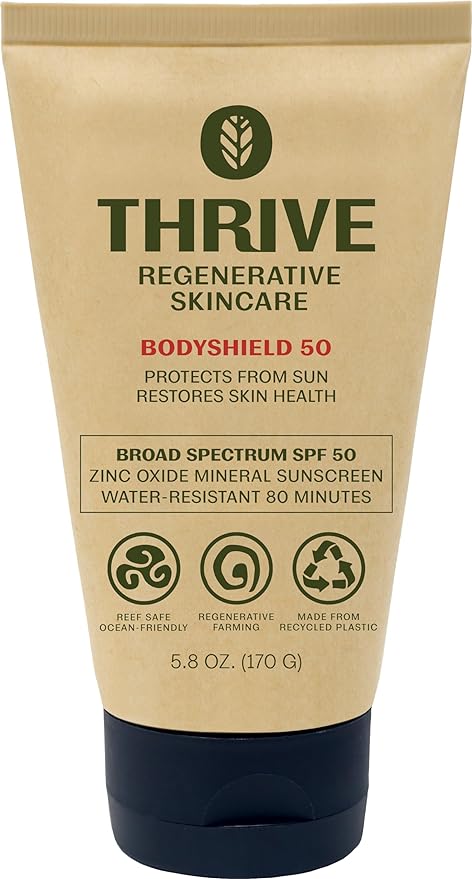
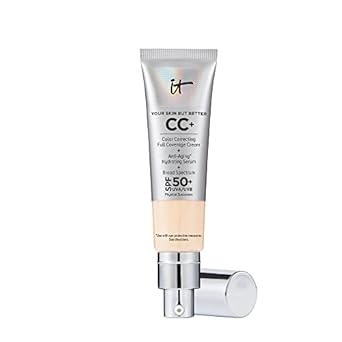
Consider your skin type as well to find the best sunscreen for you. If skin is oily or acne-prone, choose oil-free or non-comedogenic formulas. For dry skin, use a moisturizing sunscreen with added ingredients such as glycerin or hyaluronic acid. See https://amzn.to/3UiOmBG.
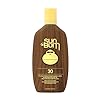
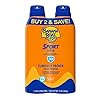
Sunscreens come in the forms of spray, lotion, sticks and gels. Choose the form you feel most comfortable with applying and wearing. Always check the expiration date. Sunscreen that has expired may not produce sufficient protection so always use fresh products.
An excellent compliment to sunscreen for sun safety is protective clothing. Wear lightly woven fabrics for better protection against UV rays. Breathable, lightweight fabrics like linen, polyester blends and cotton blends are top choices. Some clothing brands carry fabrics designed specifically with UPF (Ultraviolet Protection Factor) ratings for added sun protection.
Dark colors such as black, navy blue and dark red absorb more UV radiation than lighter colors, providing better protection, as would any tightly woven fabric in any color. Select long-sleeve shirts, long pants or skirts with longer hemlines to cover as much skin as possible. Clothes should be layered and loose-fitting to provide breathable airflow to keep you cooler when it’s hot. https://amzn.to/4bbV6bg
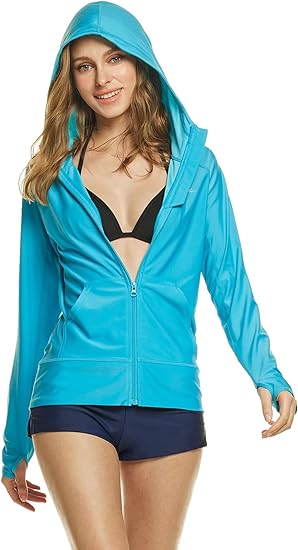

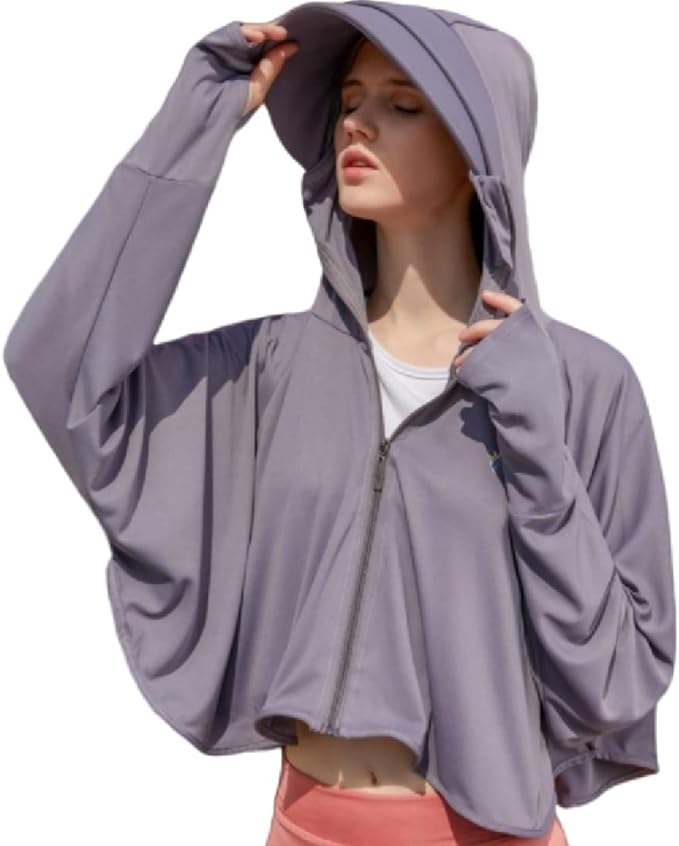
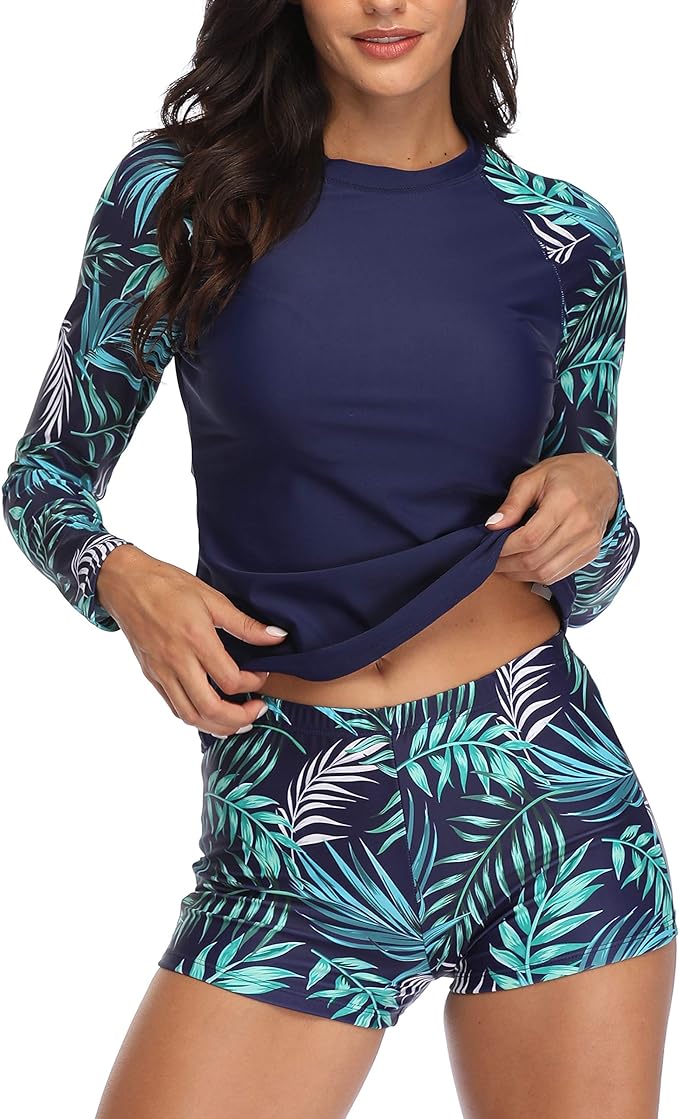
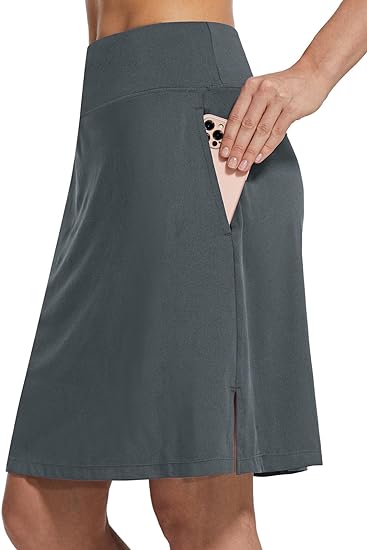

Hats with wide brims to shade your face, neck and ears, are also quite beneficial to sun protection. Wear UV-protective sunglasses to protect your eyes. Look for labels specificing 100% UV protection. If so inclined, there are also UV-protective gloves and arm sleeves for additional protection. https://amzn.to/3UrEqpi
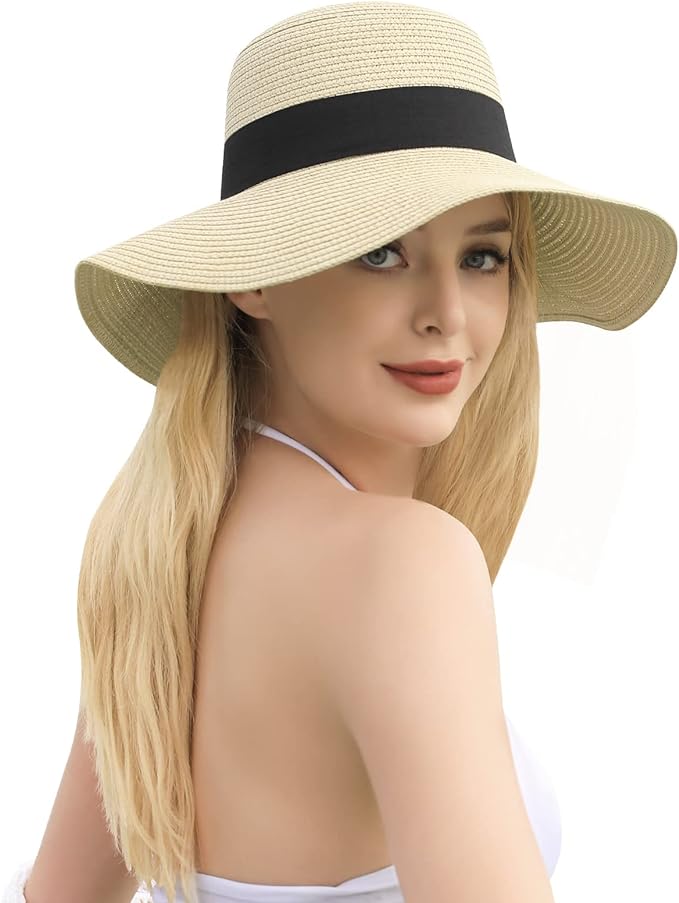

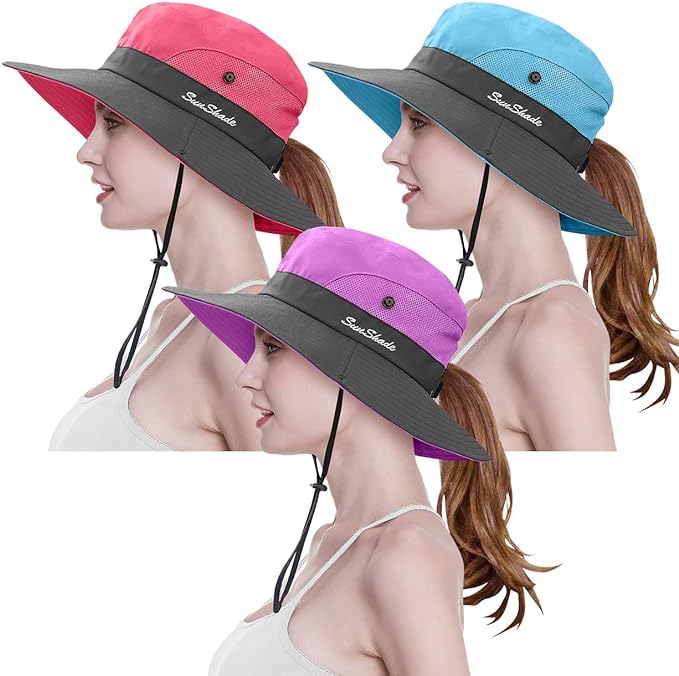
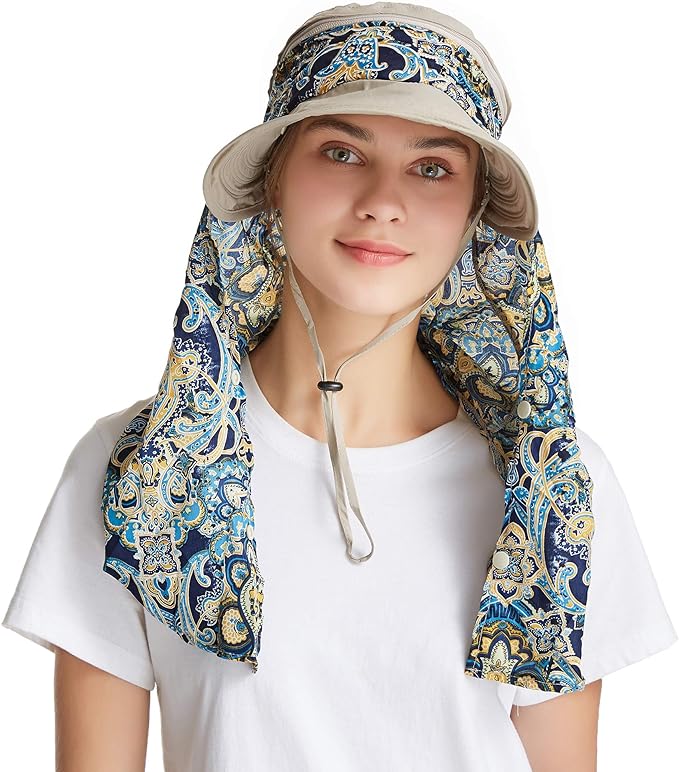
A primary risk for skin cancer is long and continual exposure to the sun or tanning beds. Individuals with fair skin and light-colored eyes and hair, have an increased risk due to lower melanin levels – your natural UV protection.
Severe sunburns, especially in childhood, escalate the chance of developing skin cancer later in life. People with a personal history of skin cancer or a family history of melanoma are also at increased risk. Other increased risk factors include a weakened immune system (i.e. organ transplant recipients) and exposure to chemicals like arsenic. The risk automatically rises with age due to cumulative UV exposure.
The most common skin cancer is Basal Cell Carcinoma (BCC). It frequently appears as a pearly or waxy bump, or flat, flesh-colored or brown scar-like lesion. Squamous Cell Carcinoma (SCC) is another type of skin cancer which generally appears as a red, scaly patch or a firm raised nodule. This could also evolve from pre-existing actinic keratoses (sun-damaged skin). The most dangerous form of skin cancer is melanoma which can develop from existing moles or as new pigmented lesions. It could appear as a strange-shaped multi-colored mole or spot.
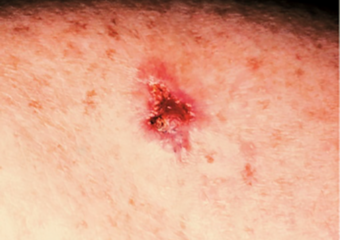
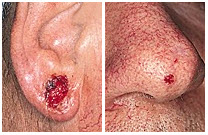
Check for skin cancer by performing consistent self-examination of your skin from head to toe. Use mirrors as needed for those hard-to-see areas. Use the ABCDE rule to find potential signs of melanoma:
- A – Asymmetry: One half of the mole doesn’t match the other half.
- B – Border Irregularity: The edges are irregular, blurred or notched.
- C – Color Variation: The color isn’t even and contains shades of black, brown, blue, red or white.
- D – Diameter: The mole is larger than 6mm (the size of a pencil eraser).
- E – Evolution: The mole or lesion alters in size, color, shape or texture.
Take note of new growths, changes to existing moles or skin abnormalities that do not heal. Also schedule professional regular skin checks with a dermatologist, especially if you have an elevated risk or find suspicious changes. As always, early discovery and treatment are key to receiving more favorable results.
STAY SAFE AND ENJOY YOUR SUMMER!
